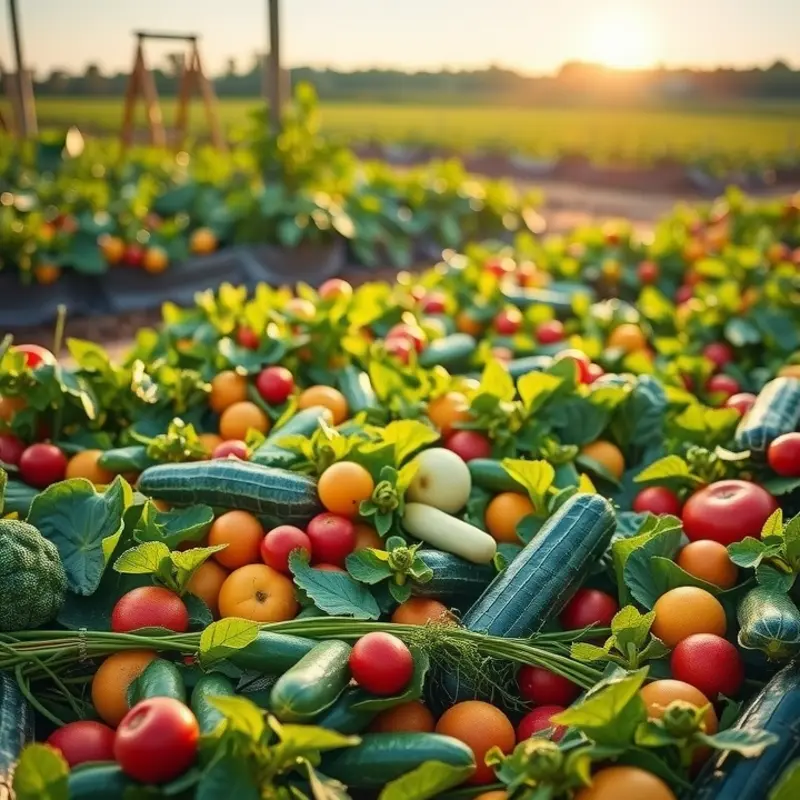Discovering the world of vegan protein powders can elevate your cooking while catering to dietary preferences. With various types available, choosing the right one becomes essential for home cooks aiming to boost their meals. This guide offers practical tips on ingredient choices, easy substitutions, and versatile cooking solutions to incorporate vegan protein seamlessly into your diet.
Types of Vegan Protein Powders: Choosing the Right One

The variety of vegan protein powders on the market can be overwhelming. Each type offers unique flavors and nutritional benefits, making it vital to choose the right one for your cooking needs. Let’s delve into the most popular options: pea, hemp, soy, and brown rice protein.
Pea Protein
Pea protein, derived from yellow split peas, is a highly digestible form of protein. It boasts a rich amino acid profile, particularly high in essential branched-chain amino acids (BCAAs) like leucine, isoleucine, and valine. These BCAAs are key for muscle recovery and growth, making pea protein a popular choice among athletes. The flavor is generally neutral, though mildly earthy, which allows it to blend well in both sweet and savory recipes. One downside is that pea protein can sometimes result in a gritty texture if not blended well.
Hemp Protein
Hemp protein comes from the seeds of the hemp plant and contains not only protein but also beneficial omega-3 fatty acids. It’s rich in fiber, which aids digestion, and provides a good dose of magnesium and iron. The flavor is nuttier compared to other protein powders and works wonderfully in baked goods and nutty-flavored smoothies. However, the fiber content can result in a grainy texture, which might not be ideal for smoother drinks.
Soy Protein
Soy protein is a complete protein, meaning it contains all nine essential amino acids our bodies cannot produce on their own. This makes it a highly efficient protein source for muscle building and repair. It’s versatile, with a mild taste, making it suitable for various recipes, from shakes to baking. One concern with soy is its phytoestrogen content, which has led some to avoid it. However, numerous studies support its safety when consumed in moderate amounts as part of a balanced diet.
Brown Rice Protein
Brown rice protein is hypoallergenic, making it a go-to option for those with food sensitivities. It’s not a complete protein, as it’s low in lysine, but pairing it with other proteins, like pea protein, can offer a full amino acid profile. Its mild flavor won’t overpower other ingredients, and it’s particularly effective in smoothies. Although it lacks some amino acids, its hypoallergenic properties make it a great choice for those with food allergies.
Each type of vegan protein powder has its strengths and potential drawbacks. Choosing the right one depends on your individual dietary needs and cooking preferences. If you’re looking to improve your plant-based eating routine holistically, consider exploring additional resources such as this guide on easy plant-based eating. This will help you incorporate protein powders more effectively into a balanced and healthy lifestyle.
Cooking with Vegan Protein Powders: Tips and Substitutions

Incorporating vegan protein powders into your meals not only boosts your protein intake but also adds creativity to your cooking. To achieve the best results, start by understanding the characteristics of different vegan protein powders, such as pea, hemp, or brown rice. Knowing their unique flavors and textures will help you incorporate them seamlessly into various dishes.
When it comes to measuring, precision is key. Use a kitchen scale for accurate measurements, as the density of powders can vary. For example, a cup of pea protein might weigh more than a cup of hemp protein. Precise measurements ensure consistent results, especially in baking where the balance of wet and dry ingredients is critical.
Blending protein powders into smoothies can be a straightforward way to boost protein intake. To keep the texture smooth, always blend the powders with liquid first before adding other ingredients like fruits or greens. Consider the flavor profile; a nutty hemp protein pairs well with chocolate or vanilla, while a mild rice protein complements citrus or berry flavors.
Incorporating protein powders into baking requires a bit of finesse. As protein powders can absorb moisture, compensate by adjusting the liquid content in your recipes. Substitute a quarter of the flour with protein powder for cakes and muffins to avoid a dry outcome. This substitution keeps your bakes moist while amplifying their nutritional value. Always test the batter’s consistency and make adjustments as needed.
For savory dishes, protein powders can be integrated into soups, stews, or sauces. Adding a scoop of unflavored protein powder can thicken soups and add density to sauces. To prevent clumping, whisk the powder with a bit of cold water before stirring it into the pot. This approach maintains the dish’s texture and enhances its protein content without altering the flavor.
Consider flavor pairings carefully. For strong-tasting powders like spirulina or hemp, pair them with robust flavors such as garlic, onion, or smoked paprika. This technique balances the meal, ensuring the protein powder doesn’t overpower the dish.
To enhance your eco-conscious approach in the kitchen, refer to eco-smart kitchen storage tips to ensure optimal storage of your protein powders, keeping them fresh and extending their lifespan.
Proteins are crucial in vegan cooking for preserving nutritional integrity. When used wisely, vegan protein powders can diversify your culinary repertoire while contributing to a balanced diet. Experimenting with these powders in your cooking promises both health benefits and new culinary adventures.
Final words
Vegan protein powders are versatile and beneficial ingredients that can enhance your cooking while supporting a healthy lifestyle. Understanding the different types available, as well as how to incorporate them seamlessly into your meals, empowers you to make informed choices. Whether adding to smoothies, baked goods, or savory dishes, these plant-based proteins can boost nutrition without compromising flavor. With practical tips and easy substitutions at your fingertips, you can confidently explore new recipes and elevate your meals. Embrace the potential of vegan protein powders to nourish both body and creativity in the kitchen.







